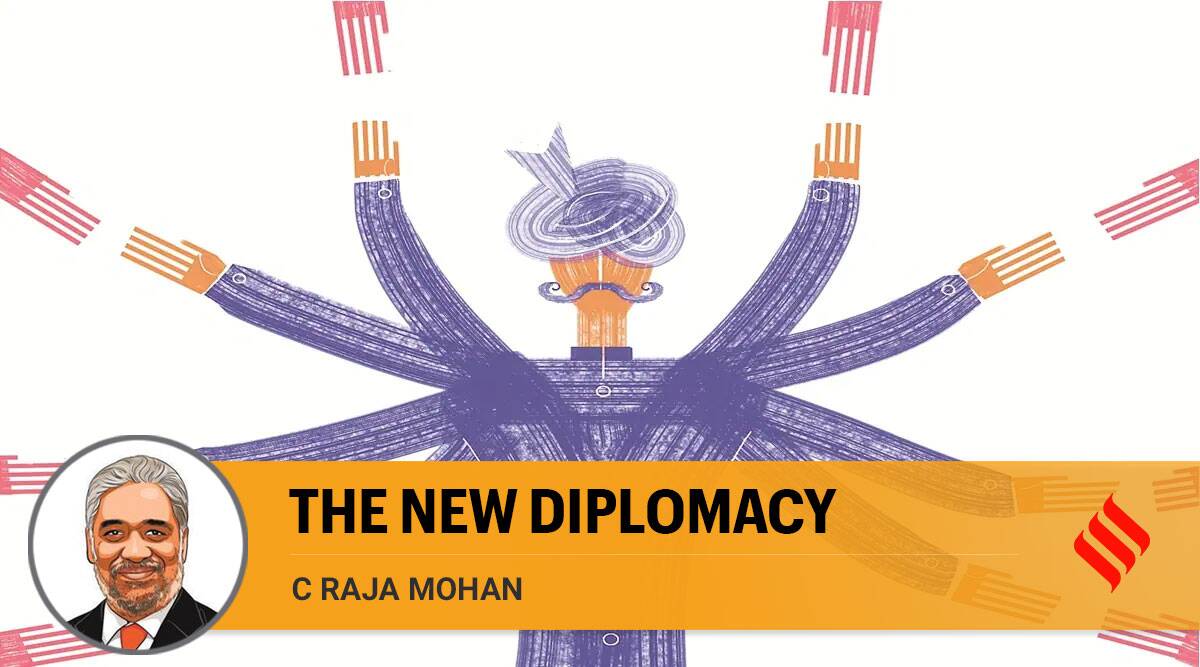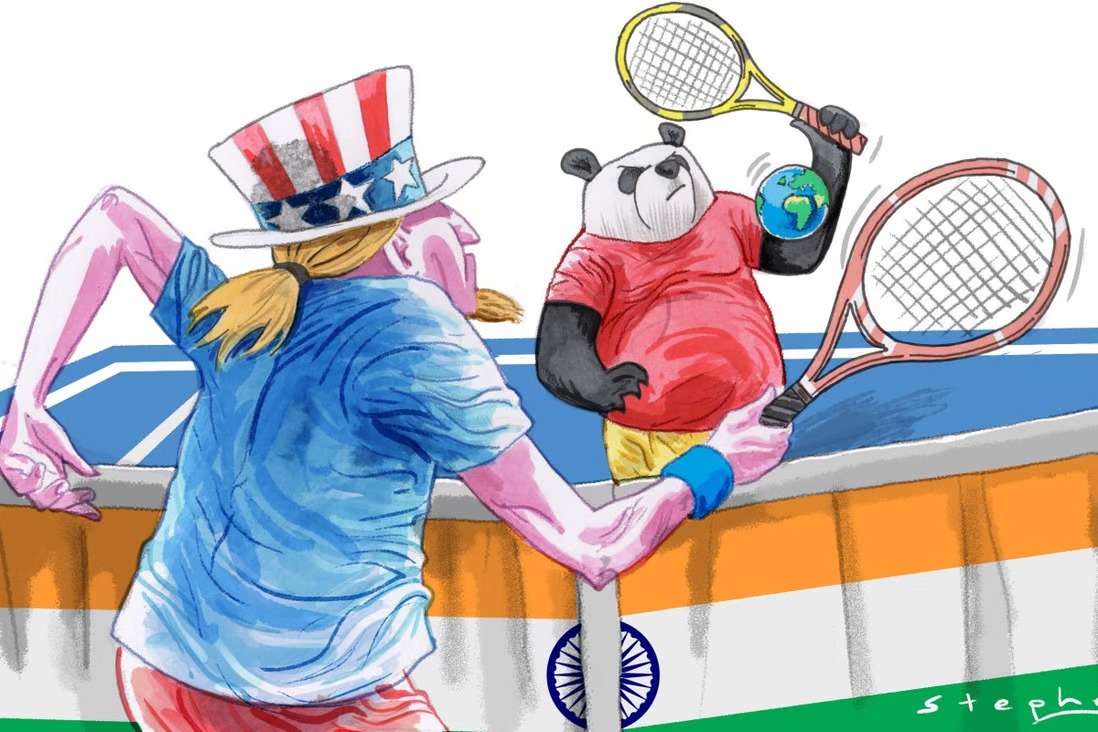Could Semiconductors Tip the India-Taiwan Scale?
THE DIPLOMAT
APLN member Rajeswari Pillai Rajagopalan writes on Taiwan’s deputy minister of economic affairs Chen Chern-Chyi’s visit to India in the context of the Indian pursuit of semiconductors. Read the original article here.
India-Taiwan relations have traditionally been low-key because of Indian apprehension about possible reactions from China. But the relationship between India and Taiwan is going through some important, if still slow-paced, changes on account of a number of developments. It appears now that India is set to expand its economic ties with Taiwan significantly.
This week, Chen Chern-Chyi, Taiwan’s deputy minister of economic affairs, will be traveling on an official visit to India. He will lead a delegation of businessmen and investors including IT companies, with the goal of accelerating the pace of cooperation between India and Taiwan. The minister, who will be in India for the annual India-Taiwan deputy economic minister-level meeting, will lead discussions with his Indian counterparts on a number of issues including a free trade agreement (FTA) and cooperation on semiconductor and supply chain issues. Relatedly, Taiwan’s Representative and head of the Taipei Economic and Cultural Center in India, Baushuan Ger, recently said that “India and Taiwan should firm up the FTA at the earliest as it will remove all barriers to trade and investment and help create a resilient supply chain.” According to Indian media reports, Chen will also be speaking at the India-Taiwan Industrial Collaboration Summit organized by the Indian industry body, the Federation of Indian Chambers of Commerce & Industry (FICCI).
Establishing semiconductor manufacturing hubs has been a matter of priority for India in the last couple of years, and Taiwan is considered a leader in semiconductor manufacturing. India has been keen to bring in as many global players as possible in order to develop its manufacturing facilities in the country, with the goal of India emerging as “a global hub for electronics manufacturing and design.” The central government has allocated $9 billion for setting up its semiconductor and display manufacturing ecosystem. Through the Ministry of Electronics and IT (MeitY), India launched the India Semiconductor Mission (ISM) in 2021. The central government program is focused on four areas, namely schemes for setting up semiconductor fabs; display fabs; compound semiconductors, silicon photonics, sensors fab and semiconductor assembly, testing, marking and packaging (ATMP) facilities; and a design linked incentive (DLI) scheme. While ATMP is the least challenging and India could begin its semiconductor efforts there, the government recognizes the need to have a long-term strategy of establishing manufacturing facilities rather than merely focusing on ATMP.
Responding to a question in the Indian Parliament, Minister of Electronics and IT, Rajeev Chandrasekhar said that establishing semiconductor units calls for large investments and appropriate infrastructure including uninterrupted power and clean water. Semiconductor manufacturing, the minister said, is “a very complex and technology-intensive sector with huge capital investments, high risk, long gestation and payback periods, and rapid changes in technology which require significant and sustained investments.” Several states including Karnataka, Telangana, Tamil Nadu, Andhra Pradesh, Madhya Pradesh, Odisha, Tripura, Punjab, the Union Territory of Dadra and Nagar Haveli and Daman and Diu have demonstrated interest in setting up these facilities, but the decision will be made by the concerned private corporation based on infrastructure availability in addition to incentives offered by individual state governments.
According to the Indian Cellular and Electronics Association (ICEA), Taiwan is already reported to be providing India with 75 percent of the chips that go into electronic devices like smartphones. India’s adversarial relations with China, pandemic-induced disruptions, and excessive dependence on a single source for many critical materials have shown the consequences of supply chain vulnerabilities in the last couple of years. This context, in particular, provides an important imperative for India to forge closer ties with Taiwan on a number of related issues, including boosting trade and economic ties as well as work on critical and emerging technologies. India’s current Foreign Direct Investment (FDI) policy has also been adapted to increase potential investors in this regard with “FDI up to 100% under the automatic route . . . permitted for electronics manufacturing (except from countries sharing land border with India), subject to applicable laws/ regulations; security and other conditions.”
The government has been making repeated calls for investments from global semiconductor companies for establishing semiconductor fabs in India “directly or through joint venture with Indian manufacturers.” The recent signing of a Memorandum of Understanding (MoU) between Vedanta Ltd. and Foxconn as a joint venture with the Gujarat government may be a sign of things to come. The Gujarat government has agreed to invest $18.67 billion for setting up the plant in the state. India’s first semiconductor fab plant is to be set up in Dholera in Gujarat. Speaking exclusively to an Indian newspaper, Rajeev Chandrasekhar said that “by 2025-26, India’s total semiconductor imports will be worth $90 billion… at least 30%-35% of the demand for semiconductors will be addressed through the Dholera fab.”
All of this provides an opportune moment for India and Taiwan to expand as well as deepen their bilateral engagements, which indirectly could also benefit Taiwan’s political goals and influence within India. Ministerial visits from Taiwan have been a rare event because of China’s opposition to India having any political contact with the island nation, but New Delhi appears to be less concerned about the Chinese reactions in the context of the live conflict on the Sino-Indian border. That India has not mentioned its One China policy publicly in any bilateral documents since 2010 is a reflection of India’s irritation with China. Compelled by a number of global and regional factors, it is likely that semiconductor manufacturing will emerge as a key area for improving India-Taiwan relations, fostering closer cooperation across a number of other areas including political and diplomatic engagements.




